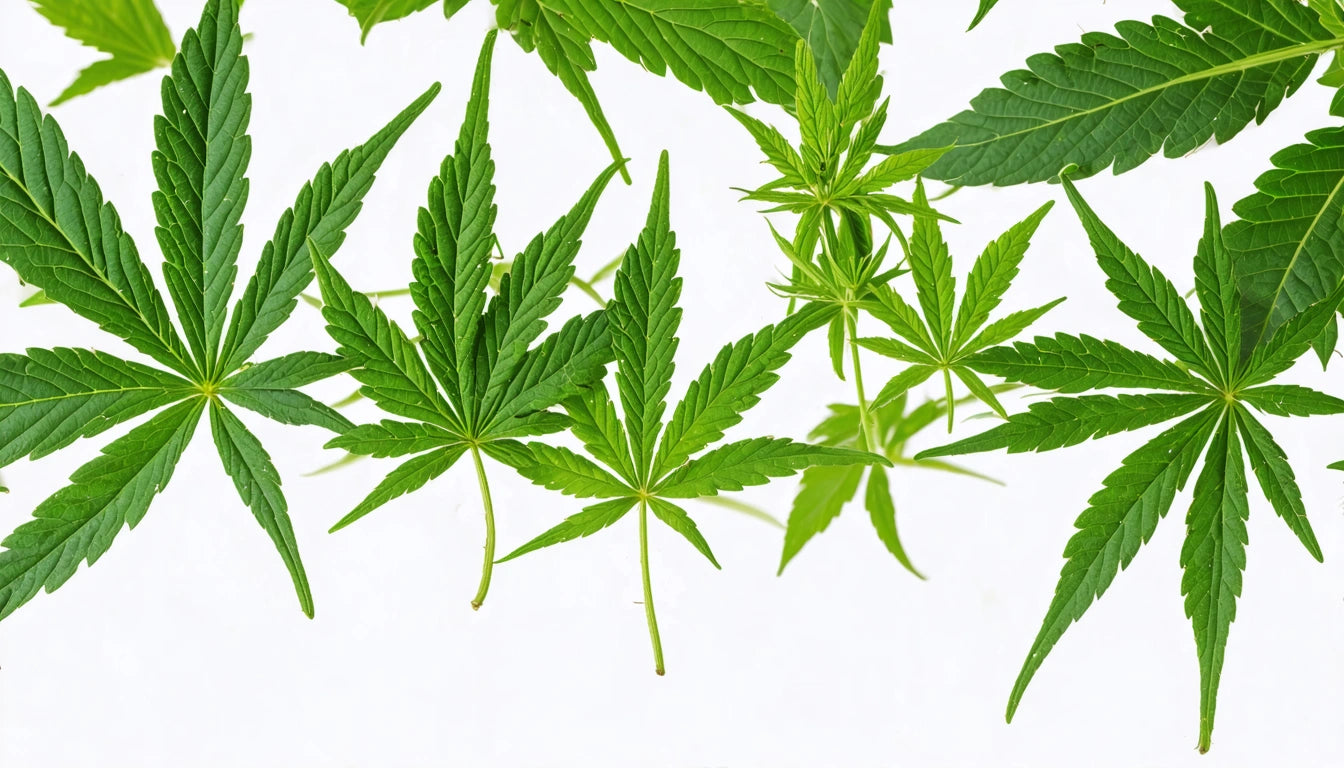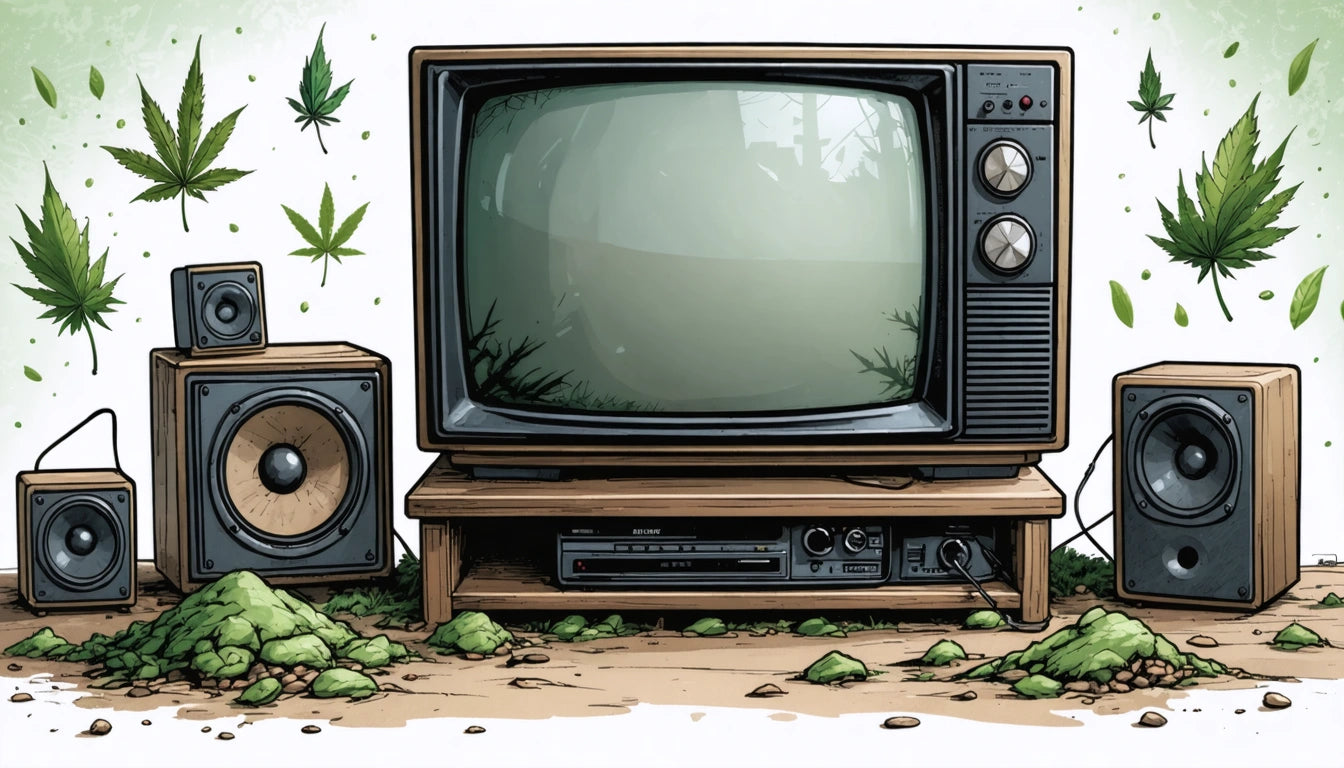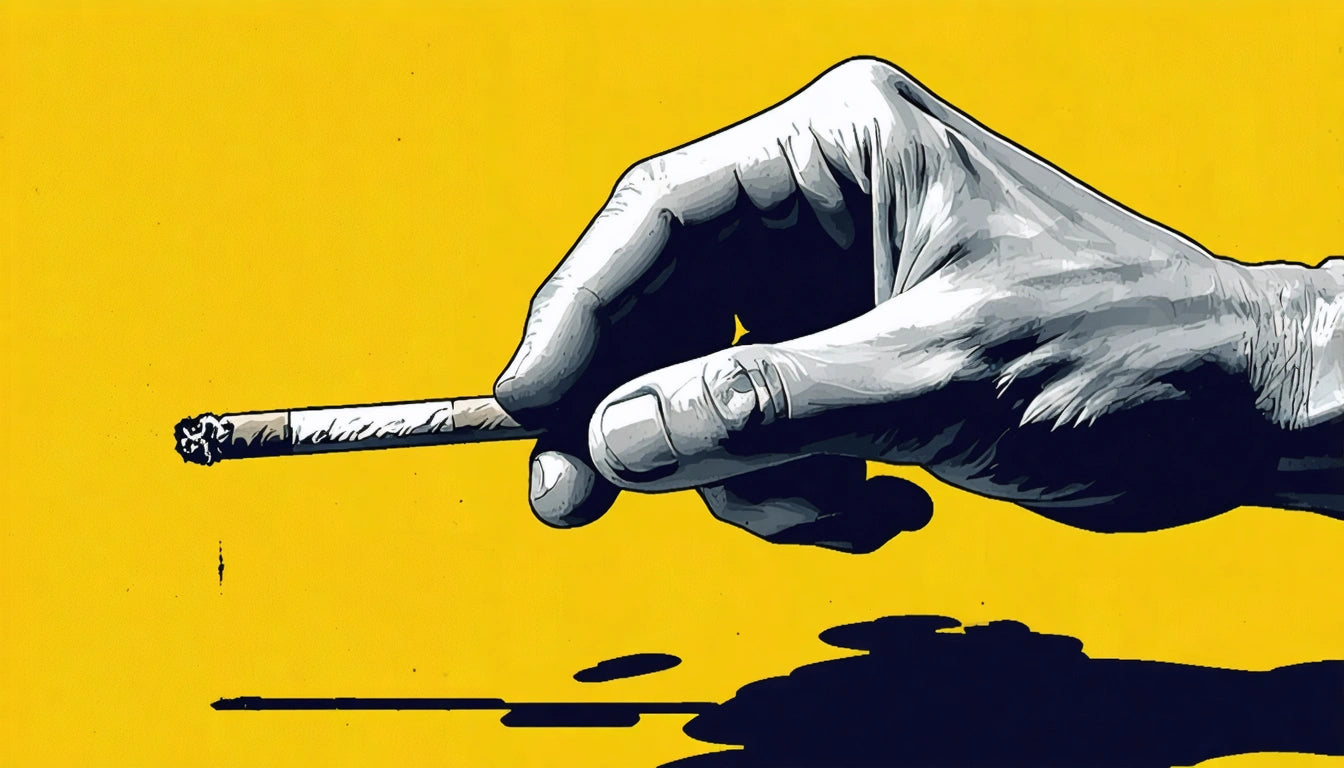Understanding and Fixing Leaf Curl in Cannabis Plants
When cannabis leaves start curling down or inward, it's a clear signal that your plants are experiencing stress. Leaf curl is one of the most common issues cannabis growers face, and understanding why weed leaves are curling is the first step toward resolving the problem. This guide explores the causes, solutions, and prevention strategies to help maintain healthy cannabis plants with vibrant foliage.
Identifying Leaf Curl Symptoms in Cannabis
Before implementing solutions, it's crucial to correctly identify the specific type of leaf curl affecting your plants. Cannabis leaves can curl in different directions, each indicating a unique underlying issue.
Downward Curling (Clawing)
When cannabis leaves curl downward at the tips while the edges remain rigid, often resembling a claw, this condition is commonly called "the claw." This is frequently what growers observe when asking, "why are my weed leaves curling down?" Downward curling is typically associated with nitrogen toxicity, overwatering, or heat stress.
Upward Curling (Cupping)
Leaves that curl upward, creating a canoe or cup-like shape, generally indicate heat stress, light burn, or extremely low humidity. This symptom differs from downward curling and requires different treatment approaches.
Inward Curling
When leaves curl inward from the sides toward the center vein, growers often wonder, "why are my plants leaves curling inwards?" This typically signals underwatering, low humidity, or wind burn.
For a comprehensive guide on interpreting various leaf symptoms, understanding plant health through leaf signals can provide valuable insights.
Common Causes of Leaf Curl in Cannabis Plants
Several factors can trigger leaf curl in cannabis plants. Identifying the specific cause is essential for implementing the right solution.
Watering Issues
- Overwatering: Saturated roots can't access oxygen, causing leaves to curl downward and appear swollen or rigid.
- Underwatering: Dehydrated plants conserve moisture by curling leaves inward to reduce surface area exposed to air.
Light Problems
- Light Burn: Excessive light intensity can cause leaves to curl upward as a defensive mechanism.
- Light Deficiency: Insufficient light may cause unusual stretching and curling as plants reach for light sources.
Pest Infestations
Insects like spider mites, aphids, or thrips can cause leaf damage that results in curling. These pests often hide on the undersides of leaves, making them difficult to spot until damage becomes apparent.
For more information on plant drooping, which can accompany leaf curl, check out why plants droop and how to fix them.
Environmental Factors Affecting Leaf Health
Temperature Extremes
Cannabis thrives within specific temperature ranges. When temperatures exceed 85 °F (29 °C) or drop below 65 °F (18 °C) for extended periods, plants may respond with leaf curl. Heat stress particularly causes leaves to curl upward and develop crispy edges.
Humidity Imbalances
Cannabis requires different humidity levels during various growth stages. When humidity falls too low, especially during the vegetative phase, leaves may curl inward to conserve moisture. Maintaining proper humidity is crucial, and using specialized humidity control products can help stabilize growing environments and prevent stress-related leaf issues.
Air Circulation Problems
Poor air circulation can create microclimates around plants where humidity, temperature, and CO2 levels become imbalanced. Inadequate airflow also increases the risk of fungal infections, which can affect leaf health.
Nutrient-Related Issues That Cause Leaf Curl
Nutrient problems frequently manifest as leaf abnormalities, including curling. Understanding these nutritional factors is essential when diagnosing why seedling leaves are curling or why mature plant foliage is distorted.
Nitrogen Toxicity
Excess nitrogen is a common cause of the characteristic "claw" symptom where leaves curl downward while appearing unusually dark green. This typically occurs when using nutrient solutions that are too concentrated.
Calcium Deficiency
Insufficient calcium can cause new growth to appear stunted with curled tips. This deficiency often appears alongside magnesium issues and is common in plants grown in coco coir or with reverse osmosis water.
pH Imbalance
Even when nutrients are present in the growing medium, improper pH can lock them out, making them unavailable to the plant. This nutrient lockout frequently causes leaf curl and other deficiency symptoms.
For more insights on seedling issues including leaf curling, see preventing and fixing seedling problems.
Fixing Curling Leaves: Step-by-Step Solutions
Once you've identified the cause of leaf curl, implementing the right solution can help your plants recover.
Watering Corrections
- For Overwatering: Allow the growing medium to dry until the top 1-2 inches feel dry to the touch before watering again. Improve drainage if necessary.
- For Underwatering: Develop a consistent watering schedule based on plant size, container volume, and environmental conditions.
Environmental Adjustments
- Temperature: Use fans, air conditioning, or heaters as needed to maintain temperatures between 70-80 °F (21-27 °C) during the day and no lower than 65 °F (18 °C) at night.
- Humidity: Use humidifiers, dehumidifiers, or natural methods like water trays to achieve 40-60% humidity for mature plants and 60-70% for seedlings and clones.
Nutrient Solutions
- For Toxicity: Flush the growing medium with pH-balanced water to remove excess nutrients.
- For Deficiency: Adjust nutrient solutions to include missing elements, ensuring proper ratios for the plant's current growth stage.
For more detailed guidance on fixing leaf issues including browning tips that may accompany curling, refer to understanding and fixing leaf problems.
Prevention Strategies for Healthy Cannabis Foliage
Preventing leaf curl is easier than correcting it. Implementing these practices can help maintain healthy foliage throughout your plants' life cycle.
Monitoring and Record-Keeping
Keep detailed records of watering schedules, feeding routines, and environmental conditions. This information becomes invaluable when troubleshooting problems and can help identify patterns that precede leaf curl.
Proper Training Techniques
Use low-stress training methods that don't damage leaves or stems. Avoid excessive defoliation, which can stress plants and trigger defensive responses like leaf curl.
Regular Plant Inspection
Develop a habit of examining your plants daily, paying special attention to new growth and the undersides of leaves where problems often begin. Early detection allows for prompt intervention before issues become severe.
Understanding the normal appearance and characteristics of cannabis leaves is helpful for spotting abnormalities early. For reference, explore identifying cannabis leaf appearance and understanding cannabis leaf count and characteristics.
By implementing these preventive measures and responding quickly to early signs of stress, you can maintain healthy cannabis plants with vibrant, functional foliage that maximizes photosynthesis and supports robust growth and generous yields.











Leave a comment
All comments are moderated before being published.
This site is protected by hCaptcha and the hCaptcha Privacy Policy and Terms of Service apply.